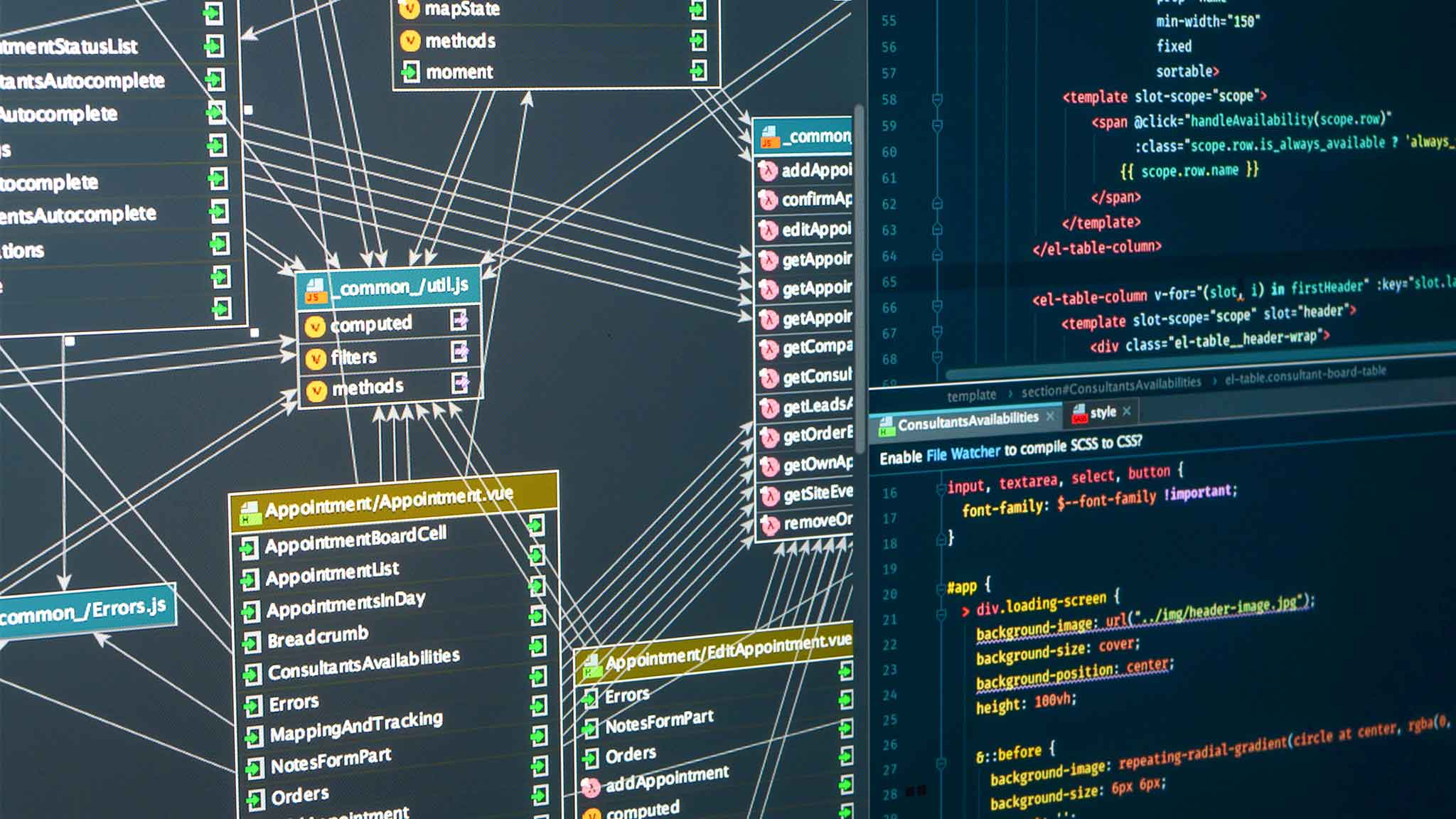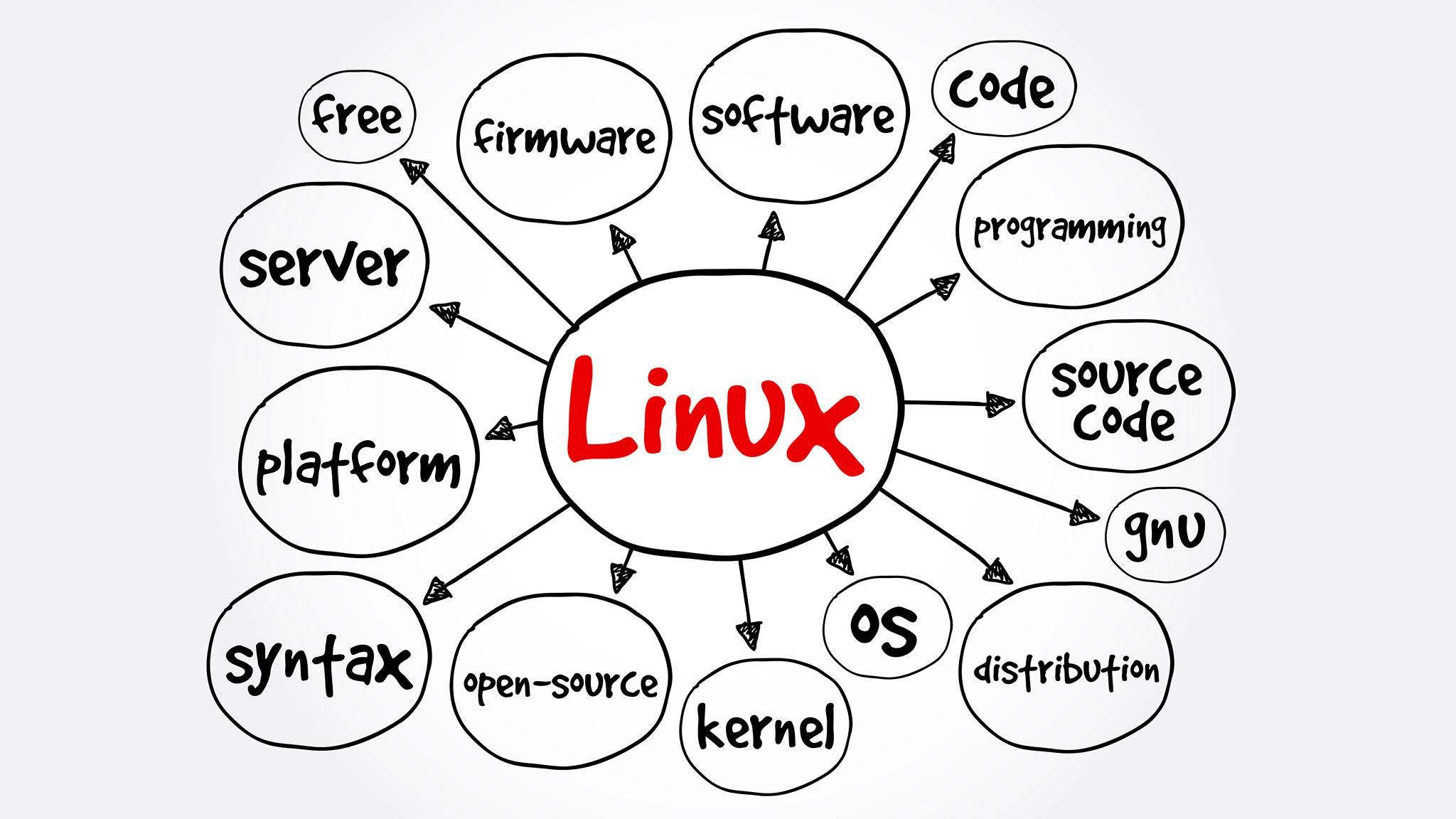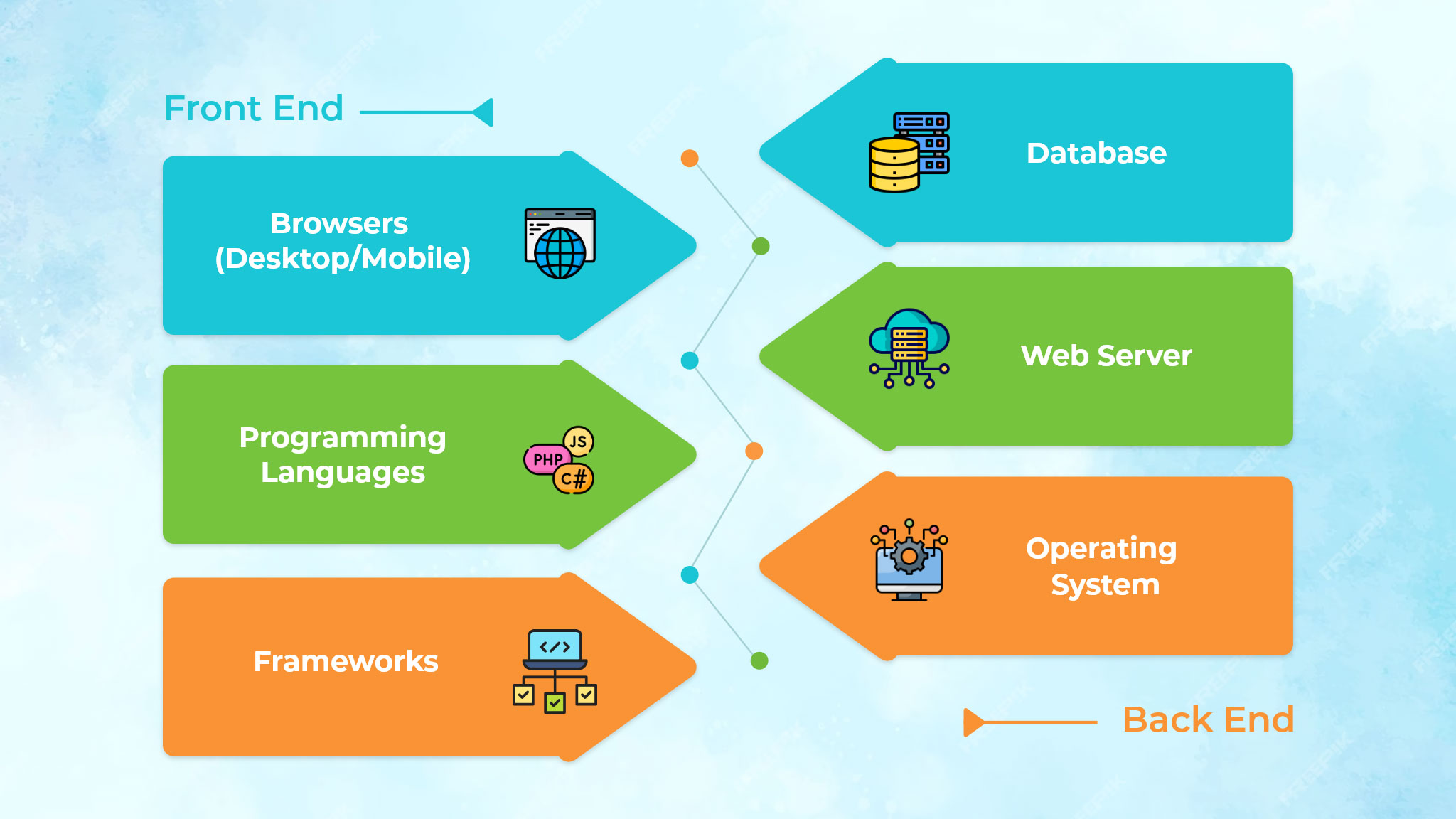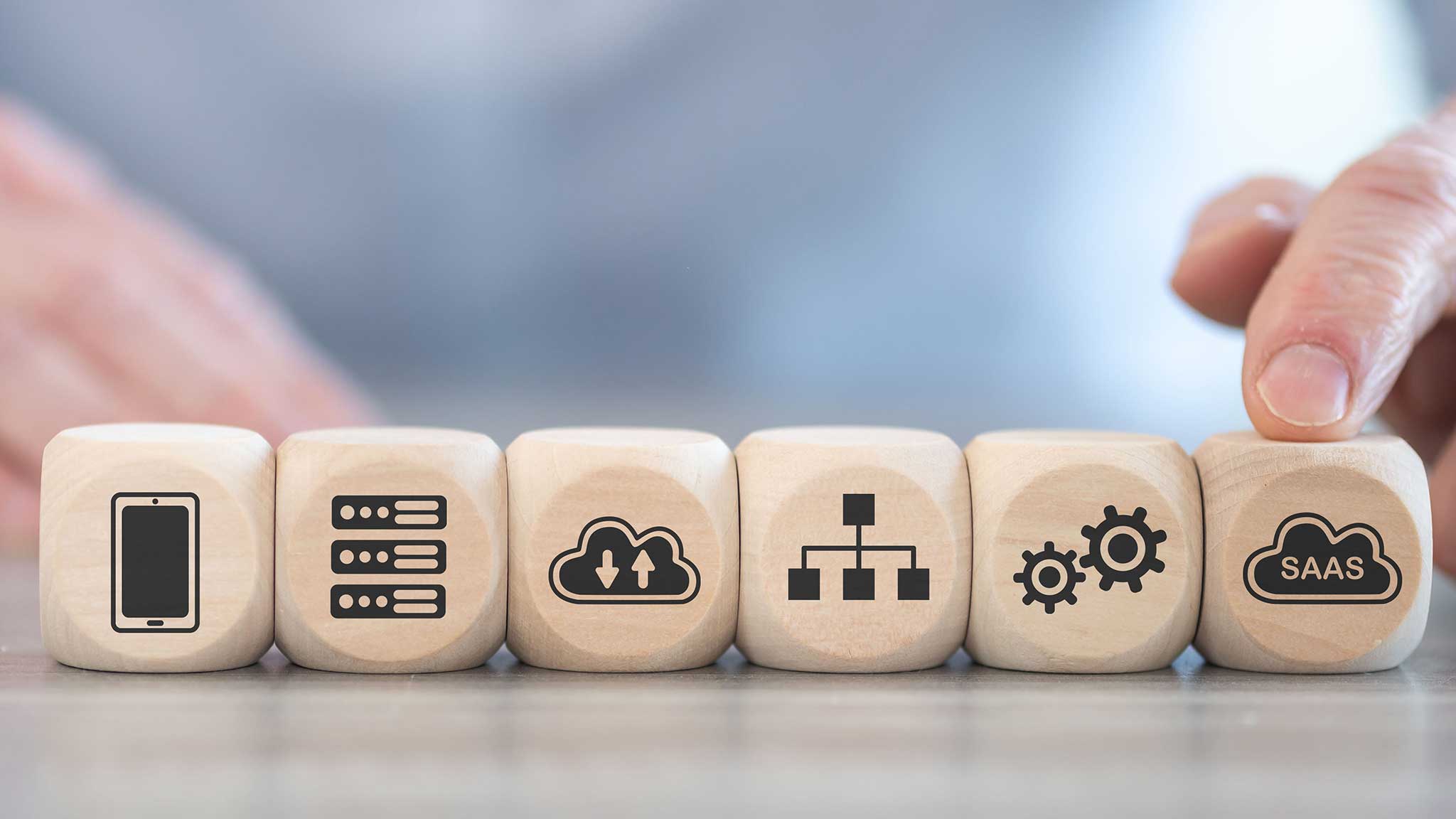
Considering the Right Tech Stack for Your SaaS Project
The concept of a “tech stack” has shifted with the advent of SaaS technologies that make coding your own solutions to common problems a thing of the past. These days, there’s pretty much an API for everything, and your tech stack will be a combination of storage solutions, languages and frameworks, and third-party APIs that leverage existing solutions, and potentially a SaaS application integrated into your workflow.
What is a SaaS tech stack?
A tech stack is the collection of software and technologies that you use to build out your SaaS application. Prior to the ubiquity of SaaS solutions, tech stacks like MEAN (Mongo Express Angular Node) or LAMP (Linux Apache MySQL PHP) were the norm.

These days, a tech stack will still include database software like MySQL or Mongo, and frontend frameworks like Angular, but it may also include third-party APIs to handle everything from authentication, to geolocation, to localization and even data storage.
Key components of the SaaS tech stack
A SaaS tech stack can be divided into a few main components: the front-end technologies used to build out the user-facing portion of the app, the backend technologies used to route requests and manage data, the secrets manager used to store sensitive information, and APIs leveraged to solve common problems.

Popular/Key tech stack used for SaaS applications.
Popular tech includes Javascript and its various frameworks (React, Vue, Angular) for the front end, Python and its various frameworks (Django, Flask) for the server, Postgres or MySQL for the database, and a collection of internal APIs, AWS Lambda functions, or third-party solutions.
These days, online database solutions like Airtable are starting to replace traditional databases, and static site builders like Gatsby are becoming common on the front end. GraphQL, a querying language that allows you to tie all of these disparate APIs, technologies, and functions together, is fast becoming a key component of SaaS-based tech stacks.
Why is it crucial to choose the right tech stack?
Ideally, your tech stack should be flexible enough that removing and replacing parts of it is not a headache. This is what microservices architecture is all about. Each part of the stack manages its own discreet portion, and can be changed without affecting the rest of the stack.
In practice, however, this is rarely true. So it pays to put in the time upfront to assess your specific needs and choose the tech stack that most makes sense for your project.

Unique Features of SAAS
SaaS offers anyone the ability to take advantage of powerful data storage, networking, and computing resources. There is no restriction on geolocation—anyone can access these online technologies. This allows even the smallest businesses to harness the power of cloud infrastructure.
SaaS is highly flexible and pairs well with an agile approach to software product development. When teams embrace the microservice architecture and bring that type of decentralized, interconnected approach to their human organization, development becomes fast and highly scalable.
SaaS applications have a number of unique features that make them different from traditional on-premises software. These features include:
- Multi-tenancy: SaaS applications are designed to be used by multiple customers (tenants) at the same time on a single instance of the software. This is achieved through a multi-tenancy architecture, which allows each tenant to have their own isolated data and configuration settings.
- Automated provisioning: SaaS applications are typically provisioned automatically, meaning that users can start using them immediately without having to install or configure any software on their own devices.
- Subscription-based billing: SaaS applications are typically billed on a subscription basis, which means that customers pay a monthly or annual fee to access the software. This eliminates the upfront costs associated with traditional on-premises software.
- High availability: SaaS applications are typically hosted in the cloud, which means that they are highly available and accessible from anywhere with an internet connection.
- Elastic infrastructure: SaaS applications can scale up or down as needed to meet the changing demands of their users. This eliminates the need for customers to overprovision hardware or software.
- Data security: SaaS providers typically invest heavily in data security to protect their customers’ data. This includes measures such as encryption, access control, and intrusion detection and prevention.
- Application security: SaaS providers also invest in application security to protect their software from vulnerabilities. This includes measures such as penetration testing and security patching.
- Open integration protocols: SaaS applications typically support open integration protocols, which makes it easy to integrate them with other software systems. This allows customers to create a custom-tailored IT environment that meets their specific needs.
- Accelerated feature delivery: SaaS providers can typically deliver new features and updates to their customers more quickly than on-premises software vendors. This is because SaaS applications are hosted in the cloud and can be updated centrally without impacting individual customers.



































